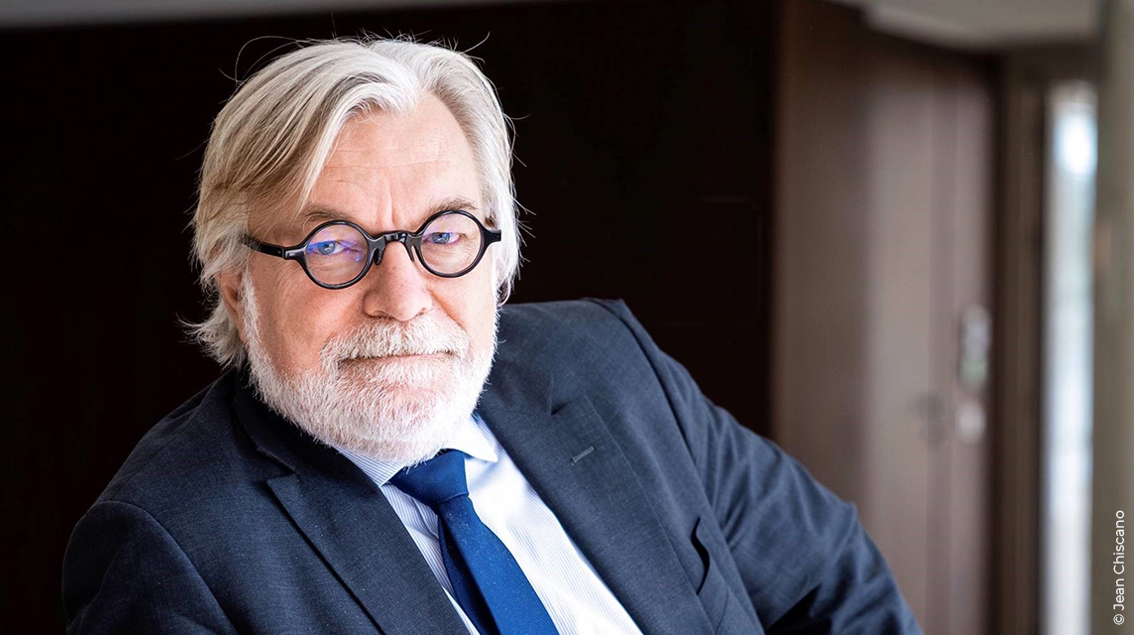The battle has resumed between Trump and Powell. Already in 2018, after appointing him to the Fed board, Donald Trump was very hostile to Jay Powell’s actions.
In the current episode, Trump is criticizing Powell for not lowering the Fed’s benchmark interest rate as quickly as desired. According to the White House, low interest rates facilitate the distribution of credit, thereby supporting economic activity.
The central bank wants to avoid the permissive side of such a strategy. The interest rate level allows for discrimination between credit applications. This has been a major criticism of the zero-interest rate policy implemented, particularly during the pandemic. They allowed zombie companies to develop, whose only support was abundant credit.
Clearly, central banks, at the Fed and elsewhere, no longer want this policy.
Excessively accommodative policies cause people to lose some of the control they wish to maintain over the management of monetary policy.
This is also an important aspect of the independence of central banks. They have a perspective that is different from that of the government and its economic policy which is more conditioned by immediate constraints, whether cyclical or political.
The central bank normally escapes this. It must navigate the peak of the economy’s potential without being held accountable on a daily basis. Its primary objective is consumer price stability with an inflation rate close to 2%. For now, the Fed is not sufficiently reassured about the future profile of prices.
In surveys of American businesses, the price indices paid to suppliers and prices paid by customers are well distributed upward, a consequence of the impact of customs duties. It would be a shame if the US central bank reduced its benchmark rate only to quickly reverse course due to the return of inflation. Its credibility would be seriously affected.
After several formal notices that went unheeded, Trump is shifting his strategy. Last week, he announced his intention to appoint, as early as this summer, the chairman who will replace Jay Powell when his term ends in May 2026. This nominee is expected to commit to reducing the Fed’s interest rate in line with the White House’s choices, posing a risk to the bank’s independence.
Such a situation could be a source of confusion, particularly as the May 2026 deadline approaches. Who should we believe? Such a move by the White House could quickly pose a credibility problem for the institution and the foundations of the American monetary system. Furthermore, the chosen personality must be truly opposed to Powell’s choices and his or her statements must be credible to investors. The institutional framework risks being disrupted once again at a time when a dual perspective on the economy is needed.


